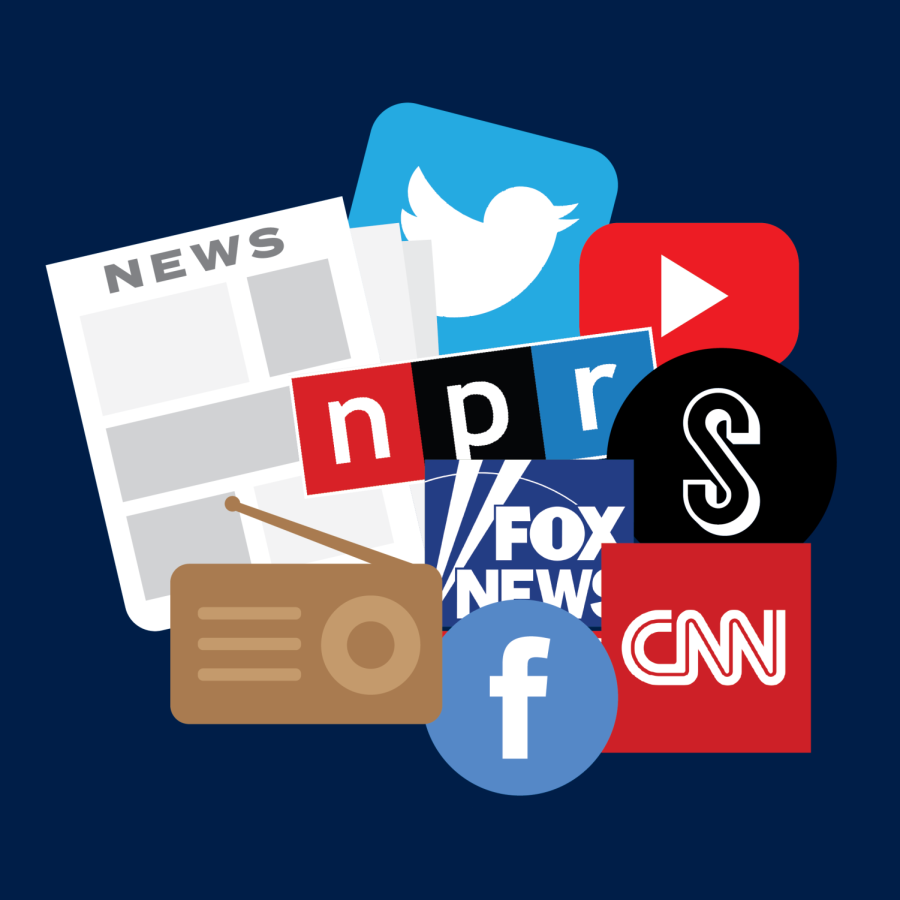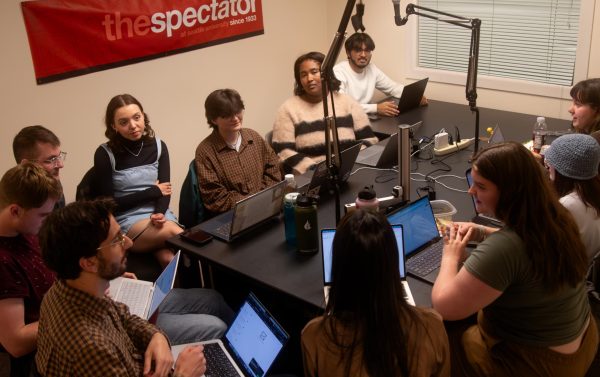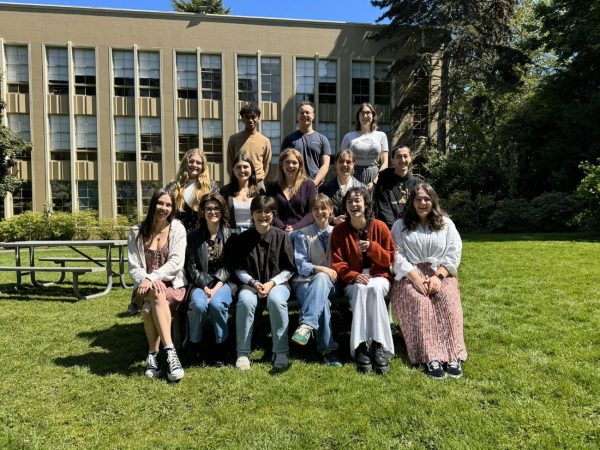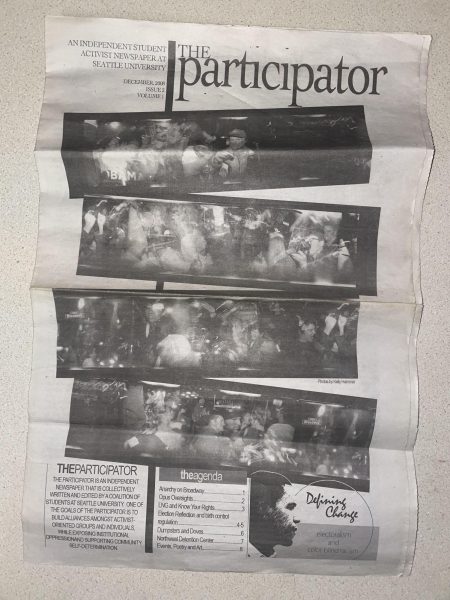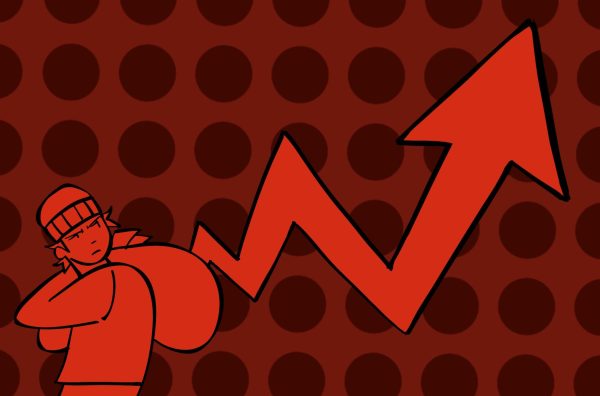Where Do Students Get Their News? The Impact and Burden of Media Literacy
The advent of digital media and online sharing has significantly accelerated the rate at which news is covered, seen and spread. As information becomes more readily available, media literacy is a constant in cultural discussions.
Lydia Bello, a science and engineering librarian at Seattle University, noted that there are a multitude of sources for information, which causes challenges for unwary students.
“Compared to the past, because there is so much information and so many resources, the challenge is figuring out what to actually listen to and where to spend our time and attention,” Bello said.
The need to stay up to date on current events can present ethical challenges of balancing news sources, consumption and personal well-being. Kat Azure, a third-year criminal justice major, discussed the tension between the importance of staying up-to-date with current events and the subsequent burden that may be placed on students as a result.
“I believe that there can be undue pressure in some circumstances. It is important to stay engaged and aware of what’s happening around you. However, if you engage too much with the news, I’ve found personally that it can lead to a lot of stress and anxiety,” Azure said.
Oscar Montoya-Santamaria, a second-year civil engineering major, echoed Azure’s ideas and amplified the sentiment that social pressures can grow during periods of political strain.
“Because Seattle U is in a modernized city that presents itself as one of the more modern sects of this country, there is a pressure to know what’s happening,” Montoya-Santamaria said. “At the moment I think it is pretty light but as soon as the 2024 election cycle ramps up you will be almost forced to know everything and have an opinion on everything,”
As students consume and analyze information, they have to make decisions about which sources to get their news from.
“I get my news via Twitter. I follow a lot of reporters and a few politicians that give me enough direct news, as well as algorithmically curated news. I use Twitter because I think it is genuinely a great platform for aggregating news,” Montoya-Santamaria said.
Azure gets some news from social media, but also relies on select mainstream sources.
“I get my news from outlets like CNN and NPR. I also sometimes find out news on social media but I always make sure to fact check,” Azure said.
The interviewed students all mention different platforms for news consumption, but agreed on the importance of finding accurate, fact-based information. As the media landscape fructifies, data suggests that many students are turning to social media.
A 2022 study found that roughly 74% of college students get their news from social media. Caitlin Carlson, associate professor and chair of the communication and media department at Seattle U, believes that modern forms of news coverage can be part of a healthy information diet.
“There is this sense that only, what I’ll call ‘legacy media,’ is good news or sources of news,” Carlson said. “I don’t think students should discount getting news on social media.”
Bello acknowledged social media’s prominent role in modern news consumption and offered insight into dissecting the validity of information found on social media.
“If you see a piece of news come from your feed that you want to know more about or share with somebody else, check to see if other sources that you know to be more trustworthy have covered that topic,” Bello said. “Something that is really helpful is to read laterally about that source, which is to see what other people say about that source and to figure out its authoritativeness.”
Due to the hyper-digitized environment of modern media, college students are now responsible for disseminating information in a way that previous generations were not. Determining where you turn to for information can be confusing and stressful, and the prospect of being an informed citizen can be easily clouded by the constant influx of news. Nevertheless, Seattle U students can bridge the gap between being briefed about current events and avoiding the overwhelming nature of materialized information through the critical analysis of news media.






